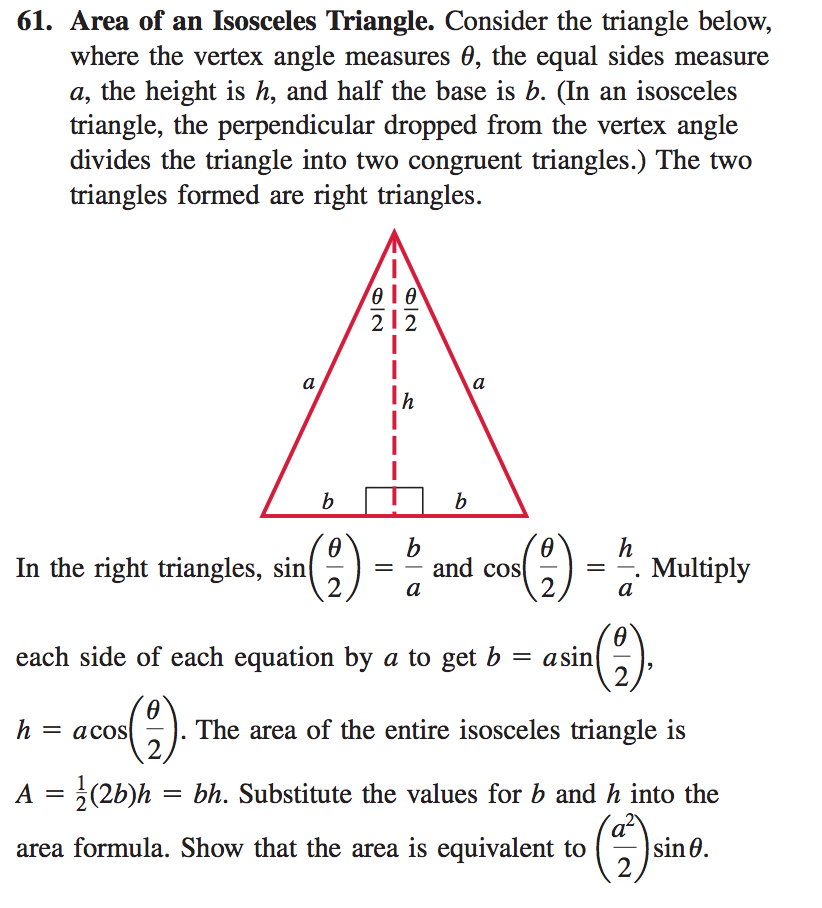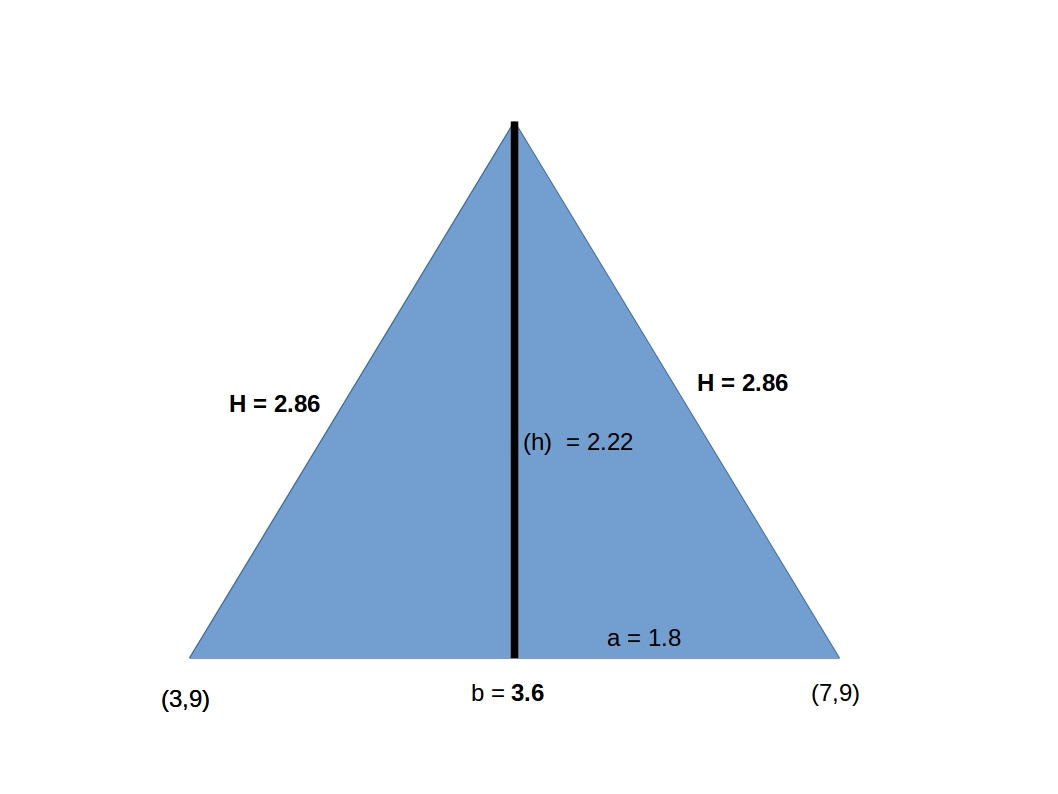

How to Find the Angle of a Right Triangle So, the value of the missing leg b is equal to the square root of the hypotenuse c squared minus the length of the known leg a squared. Then take the square root of the right side of the equation to isolate the missing leg, which is b in this example. To calculate the length of a missing side, you can use a known side and the hypotenuse and rearrange the Pythagorean theorem to solve the missing variable.įor instance, to find leg b, rearrange the Pythagorean theorem to solve for b by subtracting a² from both sides. So, the hypotenuse c is equal to 5 for a right triangle with legs a = 3 and b = 4. See more information about triangles or more details on solving triangles.For example, let’s find the hypotenuse c for a triangle with leg a = 3 and leg b = 4. Look also at our friend's collection of math problems and questions: While AB=AC, AX is the bisector of the angle ∢BAC meeting side BC at X.

Calculate the sides of the triangle.ĪBC is an isosceles triangle. The base is 2 cm longer than the shoulder. The perimeter of the isosceles triangle is 32 cm. Calculate the embankment height.Ĭompute the base of an isosceles triangle, with the arm a=20 cm and a height above the base h=10 cm. The profile of the railway embankment has the shape of an isosceles trapezoid, where a = 16.4 m, c = 10.6 m, and b = d = 5.2 m. What are the angles of an isosceles triangle ABC if its base is long a=5 m and has an arm b=4 m? How many isosceles triangles form in a square when we mark all diagonals? The given is an isosceles triangle with a base of 24dm and an arm of 15dm. How long is a third side?įind the length (circumference) of an isosceles trapezoid in which the length of the bases a,c, and the height h is given: a = 8 cm c = 2 cm h = 4 cm.Īn isosceles triangle with a base of 8 cm. Find the perimeter of the frame.Ĭonstruct an isosceles triangle if a given circle circumscribed with a radius r = 2.6 cm is given.Ĭalculate the area of an isosceles triangle, the base measuring 16 cm and the arms 10 cm.Īn isosceles triangle has two sides of length 7 km and 39 km. Calculate the radius of the inscribed (r) and described (R) circle.Ĭalculate the perimeter of the isosceles triangle with arm length 73 cm and base length of 48 cm.Īn isosceles triangular frame has a measure of 72 meters on its legs and 18 meters on its base. In an isosceles triangle ABC is |AC| = |BC| = 13 and |AB| = 10. ( T=12 p=16).Įxamples of calculating isosceles triangles:Īn isosceles triangle in word problems in mathematics: You can also use the given sides and angles to find the area of the triangle using Heron's formula or using trigonometric functions like Sin or Cos.


Once you find the sine of angle A, you can use the inverse sine function (arcsin) to find the measure of angle A in radians or degree. By solving this equation you can find the value of cos(C) and then use the inverse cosine function (arccos) to find the measure of angle C in radians or degree.Īdditionally, you can use the Law of Sines to find the measure of the angles, the formula is: Where c is the length of the non-congruent side, a is the length of the congruent sides, and C is the measure of the angle opposite side c. If you know the lengths of two congruent sides (a,a) and the length of the non-congruent side (c) of an isosceles triangle, you can use the Law of Cosines to find the measure of the angles. To calculate the properties of an isosceles triangle when given certain information, you can use the Pythagorean theorem, the Law of Cosines, or the Law of Sines. An isosceles triangle is a triangle where two sides have the same length. This calculator calculates any isosceles triangle specified by two of its properties.


 0 kommentar(er)
0 kommentar(er)
